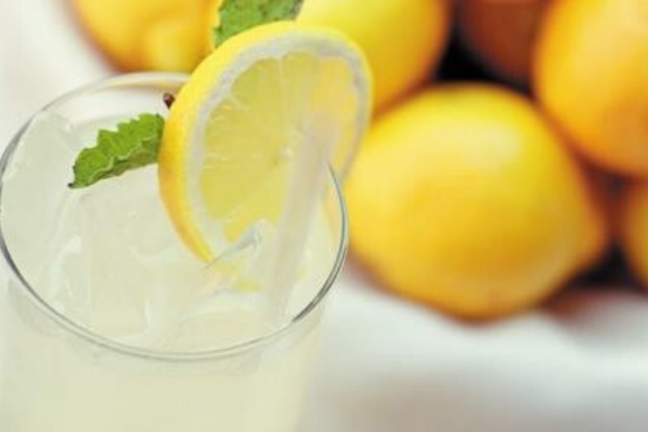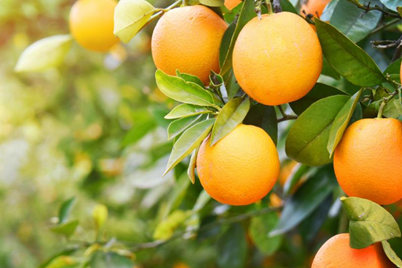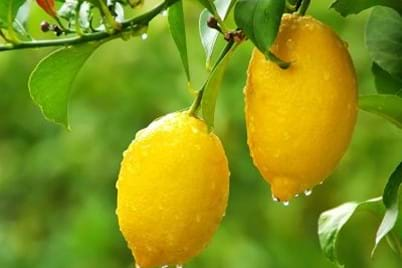Eating a fresh lemon requires a lot of courage, unless it's a variety called 'Lemonade'. Lemonade lemons produce fruit that is much sweeter and don't have the intense sourness of most other lemons. Lemonade lemon trees are great for backyards as they don't get much taller than 2.5 m and produce lots of round golden yellow fruit which can be peeled, segmented and devoured fresh or juiced and used in a delicious range of lemony dishes. Lemonade trees are also available as compact dwarf plants, which can be grown happily in a pot.

Lemonade trees do best in a well drained sunny spot that receives at least 6 hours of sunshine a day and will grow in all but the coldest areas of Australia.
When planting a new Lemonade tree, mix some Yates® Dynamic Lifter® Soil Improver & Plant Fertiliser into the planting hole to help improve and enrich the soil and supply the newly planted lemon with gentle, organic nutrients as it establishes.
When planting citrus into containers, choose a well drained pot that's at least 40 cm in diameter (a Yates Tuscan pot is ideal) and use a good quality potting mix like Yates Premium Potting Mix.
Like all citrus, Lemonade lemon trees are heavy feeders and require lots of nutrients to stay healthy and productive. While trees are flowering, growing new foliage or carrying fruit, feed every 8 weeks with Yates Thrive® Natural Citrus & Fruit Organic Based Pelletised Plant Food. It contains a special combination of more than 50% natural ingredients, boosted with fast acting fertilisers. It encourages healthy green leaf growth and is high in flower and fruit promoting potassium.
Keep the new tree well watered, particularly throughout its first summer. Citrus trees have a shallow root system which can dry out quickly.
It's also beneficial to apply a few centimetres of mulch over the soil (or potting mix) surface, which will help the root zone stay moist. Keep the mulch a few centimetres away from the trunk to allow good air flow and reduce the chance of collar rot disease.






